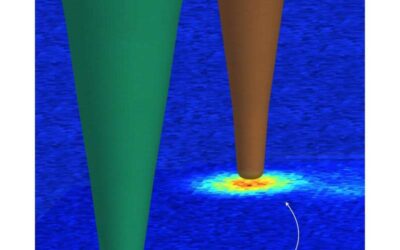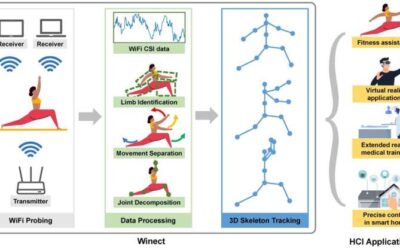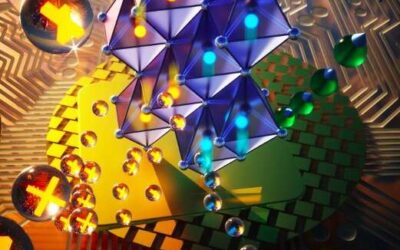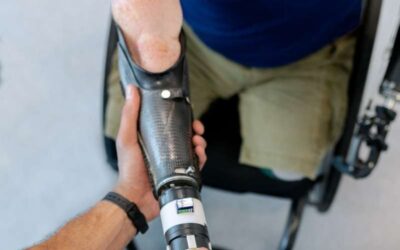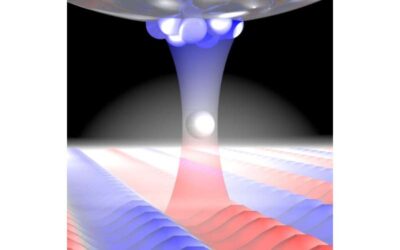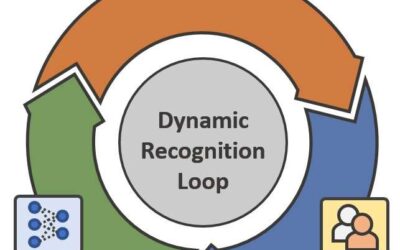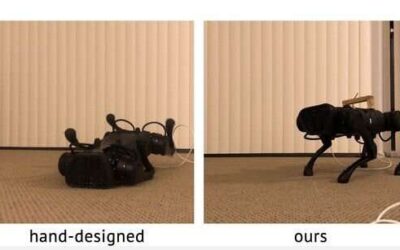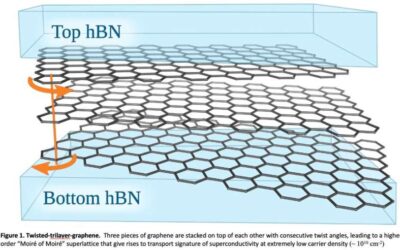Work
Researchers induce and detect charge transport between color centers in diamond
Color centers are atomic imperfections in crystalline solids that absorb visible light of a particular color or radiation. These defects, typically in the form of missing atoms or substitutional...
Winect: A system that tracks 3D human poses during free-form motion
Wireless sensing devices, tools that allow users to sense movements and remotely monitor activities or changes in specific environments, have many applications. For instance, they could be used for...
Study reports the ferroelectric switching of spin-to-charge conversion in germanium telluride
Spintronic devices, a class of architectures that can store or transfer information by leveraging the intrinsic spin of electrons, have been found to be highly promising, both in terms of speed and...
A system to control robotic arms based on augmented reality and a brain-computer interface
For people with motor impairments or physical disabilities, completing daily tasks and house chores can be incredibly challenging. Recent advancements in robotics, such as brain-controlled robotic...
A model that translates everyday human activities into skills for an embodied artificial agent
Over the past decade or so, many roboticists and computer scientists have been trying to develop robots that can complete tasks in spaces populated by humans; for instance, helping users to cook,...
Study constructs a molecular and cellular taxonomy of the mouse nucleus accumbens
The nucleus accumbens (NAc) is an area of the brain known to play a key role in regulating a variety of reward-related behaviors, including appetitive and aversive responses, feeding, social...
A strategy to control the spin polarization of electrons using helium
Spintronics, also known as spin electronics, is a research field that explores how the intrinsic spin of electrons and its magnetic moment can be exploited by devices. Spintronic devices are...
A framework to automatically identify wildlife in collaboration with humans
Over the past few decades, computer scientists have developed numerous machine learning tools that can recognize specific objects or animals in images and videos. While some of these techniques have...
A technique that allows legged robots to continuously learn from their environment
Legged robots have numerous advantageous qualities, including the ability to travel long distances and navigate a wide range of land-based environments. So far, however, legged robots have been...
The observation of correlated states and superconductivity in twisted trilayer graphene
When two layers of graphene or of other two-dimensional (2D) materials are stacked on top of each other with a small angle misalignment, the crystal lattices produced by each layer are spatially...

